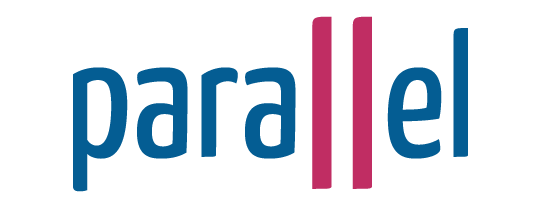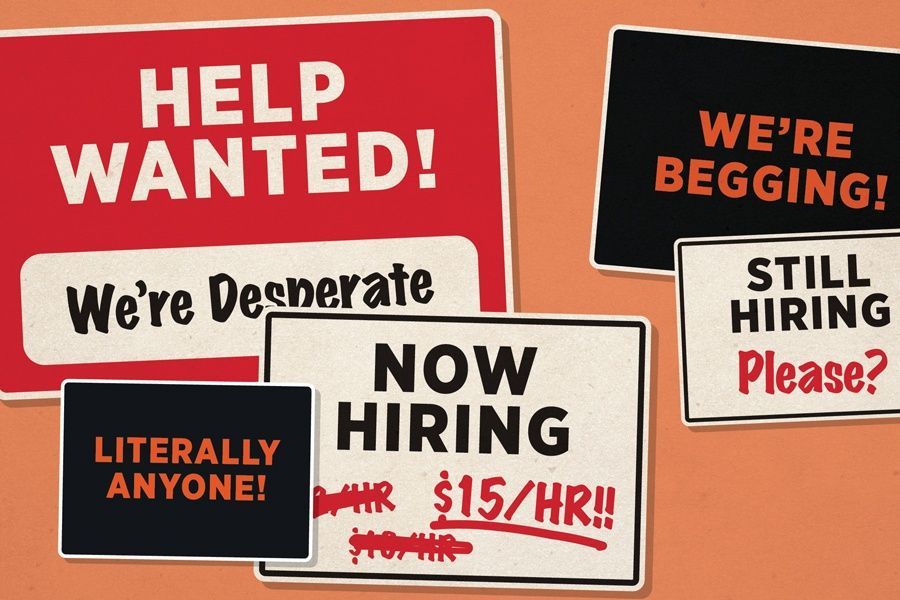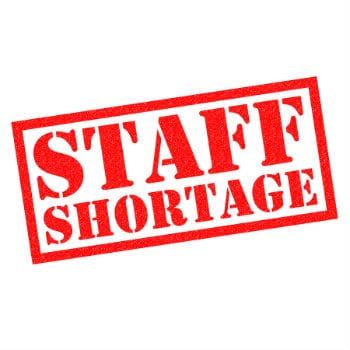Why Can’t We Retain Line Staff?
Who is our front-line workforce in 2023?
Generation Y: Born 1981 – 1995 – Ages 28 - 44
Generation Z: Born 1996 – 2009 - Ages 27 to 14
This is our current and incoming front line workforce.
The need for agencies is to understand the wants and needs of these younger generations and be prepared as agencies to modify our policies, procedures, and practices to better attract and retain them.
What do the studies on employee retention tell us consistently?
More than 19 million US workers—and counting—have quit their jobs since April 2021, a record pace disrupting businesses everywhere.
40% of employees stated that they are at least somewhat likely to leave their current job in the next 3–6 months. The top three factors employees cited as reasons for quitting were that they didn’t feel valued by their organizations (54 percent) or their managers/supervisor (52 percent) or because they didn’t feel a sense of belonging at work (51 percent). McKinley Quarterly September 2021
Workers aren’t feeling all that appreciated on the job. Most workers (70%) surveyed recently by Gallup said they hadn’t received recognition or praise for a good job in the past week.
A study reported in the Harvard Business Review found the most basic form of communication, one on ones, can have a massive impact on the opinion of leadership, and the degree of employee engagement.
79% of employees who quit their jobs say a lack of appreciation is a key reason they left. Based on a 10 year study of 200,000 employees and managers.
The Carrot Principle, Adrianne Gostick
HR Magazine found that 95% of exiting employees blamed an ineffective manager
(supervisor).
Over 70% of employees who receive coaching saw an increase in work performance, improved work relationships, improved communications skills, and 80% reported more self-confidence. (Benefits of Coaching, March 28, 2013)
M Factor: How the Millennial Generation (Gen Y) in the Workplace,
Lancaster and Stillman
50% of all Gen Y expressed concern that they don’t get enough formal feedback on the job.
71% of Gen Y working full time said they are likely to look for a new job as soon as the downturn reverses.
When Gen Y show up for work they expecting coaching to help them be successful in their job
Ask Gen Y about work, they say they have choices and will look for work that has meaning
In the workplace Gen Y wants transparency, accuracy, recognition, connection between performance and rewards, respect, rapid growth based on performance not on longevity, to experience success, involvement in decision making that impacts them, engagement vs being directed and to not be bored with routine.
How is Generation Z different?
Here are four key attributes that Generation-Z have, which will change how agencies operate and engage them.
1. Their high-tech minds don’t trump human needs.
90% of Generation-Z reports wanting some form of human element woven into their work with team interactions.
If you have a Gen-Z employee working remotely, perhaps consider scheduling video chats instead of phone calls.
If you’re managing a Gen-Z employee, offering your time (aka one-on-one supervision) to give them feedback or ask how their project is going will do wonders for their productivity and work output.
This generation (and Gen Y) seeks a collaborative, team-friendly environment and craves positive relationships at work that go beyond online or social media contact.
2. Their desire for work-life balance is deep.
Thirty-eight percent of Gen-Z views work-life balance as a top priority when choosing an employer. This is a dip from the 47% of Gen Ys who ranked work-life balance as a priority, but still trumps previous generations
3.Feedback is a necessity.
Performance reviews and job feedback have historically been something that happens once a year, or if things aren’t going well only. For Generation-Z, this won't fly, as 60% of Generation-Z’ers want multiple check-ins from their managers weekly, if not daily.
Gen-Z does not only value frequency with feedback, but they also value measurability. This means delivering feedback to Generation-Z in a way that’s trackable. Address specific and tangible points that are as close to their behavior or results as possible in order to help them learn quickly.
If daily contact is needed, It is possible that sending a short email or message that contains a single emoji or phrase is enough to help them feel connected and on track.
4.They have a good mindset about failure and feedback.
Failure is so often viewed as just that...failure. When a project doesn’t work or a goal isn’t met for most of us it means time to pack up and retreat.
This is not the case for Generation-Z. In their eyes, failure is an opportunity to grow and learn. According to a recent report, 80% of Generation-Z saw failure as something to embrace on their way to more innovation and learning within a project. They view it as a tool to learn and grow, not feel defeated.
What do the studies mean for us as agencies that want to recruit and retain Gen Y & Z front line workers?
Simply states you need supervisors and managers who are systematically trained how to work with this generation in a success focus. That means:
- providing regular supervision in a success framework that is a mutual frequent and documented process
- focusing on coaching staff for success not criticizing or finding fault (blame supervision. progressive discipline is the classic example of blame supervision)
- providing ongoing positive feedback
- when there is a problem with a line staff being successful how to have a constructive success-focused supervision
- how to constructively help line staff feel competent to solve their own problems when they come to you for problem solving – this is a teachable moment
The challenge for agencies is two-fold:
- you must have a supervision practice model that is success focused that you require all supervisors to use. We do this at a program level but seem to ignore it at a supervisory level.
you must train all supervisors in that model and them hod them accountable for always using that practice model. That requires supervisors of line supervisors to both model the practice model and assure that line supervisors are also using that model.
Supervision for Success is a 3-day training done a day a month over 3 months for supervisors at all levels that has taken the research and packaged it into a training that prepares them to use the model in practice.
If your agencies is ready to retain Gen Y & Z line staff then the intervention is to train supervisors how to successfully supervise them
For more information contact me at
[email protected] or 760.333.9056
=============================================================
LEADING FROM OUTSIDE THE BOX is a monthly newsletter for human services leaders. Its purpose is to challenge your thinking and help you improve organizational and outcome performance.
To receive your copy free, simply email Jeff Bormaster at
[email protected] and ask to be added to the mailing list.
Feel free to share these newsletters with other human services leaders, I simply ask you to include the contact information.
LEADING FROM OUTSIDE THE BOX is a monthly newsletter for human services leaders.
Its purpose is to challenge your thinking and help you improve organizational and outcome performance.
To receive your copy free, simply email Jeff Bormaster and ask to be added to the mailing list. Feel free to share these newsletters with other human services leaders, simply include the contact information.
You can read previous issues of Leading Outside the Box at www.jeffbormasterconsulting.com/topics










